36 a popular technique for investigating causes and effects is called a _____ diagram.
A popular technique for investigating causes and effects is called a ____ diagram, which is an analysis tool that represents the possible causes of a problem as a graphical outline. a. wishbone c. jawbone b. fishbone d. crossbones Answer: B
causes of a problem and in sorting ideas into useful categories. A fishbone diagram is a visual way to look at cause and effect. It is a more structured approach than some other tools available for brainstorming causes of a problem (e.g., the Five Whys tool). The problem or effect is displayed at the head or mouth of the fish.
The Fishbone Diagram. Root cause analysis is about cause and effect. To identify and document causes requires a diagram or document of some sort. The most commonly used one in the fishbone diagram, also called the Ishikawa diagram and herringbone diagram. A fishbone diagram is so called because it looks like a fish skeleton.

A popular technique for investigating causes and effects is called a _____ diagram.
A useful way of mapping the inputs that effect quality is the Cause & Effect Diagram, also know as the Fishbone or Ishikawa Diagram. It is also a useful technique for opening up thinking in problem solving. to From Excellence Quality Brainstorming can be used in conjunction with the Cause and Effect tool. It is a group technique used to
A popular technique for investigating causes and effects is called a _____ diagram. a. jawbone b. crossbone c. fishbone d. causebone
Jul 11, 2016 — preliminary investigation. A popular technique for investigating causes and effects is called a ______. fishbone diagram or Ishikawa diagram.Missing: _____+ | Must include: _____+
A popular technique for investigating causes and effects is called a _____ diagram..
A popular technique for investigating causes and effects is called a _____ diagram. a. jawbone ... without specific authorization, in a process called _____. a. project creep b. project expansion ... an analyst first states the problem and then draws a main bone with sub-bones that represent possible causes of the problem. a. jawbone diagram b ...
Excellence Through Quality | ASQ
A popular technique for investigating causes and effects is called a(n) ____ diagram, which is an analysis tool that represents the possible causes of a ...
Cause-and-effect diagram (also called Ishikawa or fishbone diagrams): Identifies many possible causes for an effect or problem and sorts ideas into useful categories. Check sheet: A structured, prepared form for collecting and analyzing data; a generic tool that can be adapted for a wide variety of purposes.
Whereas the Fishbone diagram can offer solutions to a problem with known causes, the Five Whys method shines in situations where the true cause of a problem is still unclear. The use of the Five Why's method is a simple way to solve an established problem without need for a large-scale, highly detailed investigation.
Apr 9, 2019 — project staffing report ANSWER: a 50. A popular technique for investigating causes and effects is called a _____ diagram. a. causebone b.
The Ishikawa diagram, Cause and Effect diagram, Fishbone diagram — all they are the names of one and the same visual method for working with causal connections. Originally invented by Kaoru Ishikawa to control the process quality, the Ishikawa diagram is well proven in other fields of management and personal scheduling, events planning, time management. It is a chart in the form of a fish ...
An Ishikawa diagram, which is a popular technique for investigating causes and effects, is also called a(n) _____. Pareto chart Systems analysts may use a(n) _______, which is a widely used tool for visualizing issues that need attention.
A popular technique for investigating causes and effects is called a _____ diagram. fishbone A systems analyst conducts a preliminary investigation to study the _____ and recommend specific action.
The root cause is the core issue—the highest-level cause—that sets in motion the entire cause-and-effect reaction that ultimately leads to the problem(s). Root cause analysis (RCA) is defined as a collective term that describes a wide range of approaches, tools, and techniques used to uncover causes of problems.
A popular technique for investigating causes and effects is called a ____ diagram, which is an analysis tool that represents the possible causes of a ...
3. Fishbone Diagram. A fishbone diagram sorts possible causes into various categories that branch off from the original problem. Also called a cause-and-effect or Ishakawa diagram, a fishbone diagram may have multiple sub-causes branching off of each identified category.
5W1H Method for Cause-effect Analysis There are many skills and techniques for better cause and effect analysis. For instance, the 6M method (Manpower, Machinery, Materials, Methods, Measurements, Mother-nature, and Manpower) is effective in finding out and categorizing major reasons. Another useful way is brainstorming, through which more causes can be figured out.
A popular technique for investigating causes and effects is called a _____ diagram. A) causebone B) fishbone C) jawbone D) crossbone
A popular technique for investigating causes and effects is called a ____ diagram, which is an analysis tool that represents the possible causes of a problem as a graphical outline. a. wishbone c ...
A popular technique for investigating causes and effects is called a(n) ____ diagram, which is an analysis tool that represents the possible causes of a problem as a graphical outline. A. wishbone B. fishbone C. jawbone D. crossbones
7 QC Tools are also known as Seven Basic Quality Tools and Quality Management Tools. These graphical and statistical tools are used to analyze and solve work-related problems effectively. The 7 Quality Tools are widely applied by many industries for product and process improvements, and to solve critical quality problems.. 7QC tools are extensively used in various Problem Solving Techniques ...
A cause-effect diagram is a visual tool used to logically organize possible causes for a specific problem or effect by graphically displaying them in increasing detail, suggesting causal relationships among theories. A popular type is also referred to as a fishbone or Ishikawa diagram.
A popular technique for investigating causes and effects is called a _____ diagram. a. jawbone b. causebone c. Question: A popular technique for investigating causes and effects is called a _____ diagram. a. jawbone b.
This technique produces linear regression models and sets of casual relationships and uses the experience of the problem owner to identify the key cause and possible solutions.. Fishbone Diagram. Also known as Cause-and-Effect Diagram and Ishikawa Diagram, Fishbone is one of the most popular root cause analysis tools and methods out there.
A Cause-and-Effect Diagram is a tool that is useful for identifying and organizing the known or possible causes of quality, or the lack of it. The structure provided by the diagram helps team members think in a very systematic way. Some of the benefits of constructing a Cause-and-Effect Diagram (Viewgraphs 2) are that it!
A popular technique for investigating causes and effects is called a _____ diagram. A) causebone. B) fishbone. C) jawbone. D) crossbone. CategoriesQuestions ...
5. Stop at a good solution. In some instances, your team may need to keep asking more "whys.". Sometimes you may need to split into more root causes. But knowing when to stop is a valuable part of the process; otherwise, you'll find yourself lost and without fixable root causes. 6. Fix the root cause of the problem.
4. Cause-and-effect diagram (also known as a fishbone or Ishikawa diagram) Introduced by Kaoru Ishikawa, the fishbone diagram helps users identify the various factors (or causes) leading to an effect, usually depicted as a problem to be solved. Named for its resemblance to a fishbone, this quality management tool works by defining a quality-related problem on the right-hand side of the diagram ...
About the Tool. Cause and Effect Analysis was devised by professor Kaoru Ishikawa, a pioneer of quality management, in the 1960s. The technique was then published in his 1990 book, "Introduction to Quality Control."The diagrams that you create with are known as Ishikawa Diagrams or Fishbone Diagrams (because a completed diagram can look like the skeleton of a fish).
When using a ____ diagram to investigate causes of a problem, an analyst first states the problem and then draws a main bone with sub-bones that represent possible causes of the problem. a. wishbone c. jawbone b. fishbone d. crossbones ANS: B. PTS: 1 REF: 73 31. To avoid the problem of project creep, ____. a.
A popular technique for investigating causes and effects is called a(n) ____ diagram, which is an analysis tool that represents the possible causes of a problem as a graphical outline. fishbone When using a ____ diagram to investigate causes of a problem, an analyst first states the problem and then draws a main bone with sub-bones that ...
A popular techniques for investigating causes and effects is called a(n)____diagram, which is an analysis tool that represents the possible causes of a problem a a graphical outline. fishbone A system analysts conducts a(n)__investigation to study the systems request and recommend specific action.

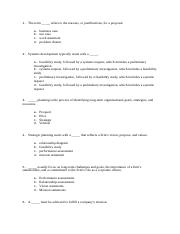

![Ch. 2 Quiz [Sys. Analysis] Flashcards | Quizlet](https://up.quizlet.com/ie0kg-jh7yN-256s.jpg)
:max_bytes(150000):strip_icc()/IshikawaDiagram2-386e9108096f4149b67cb5a803c45dd0.png)
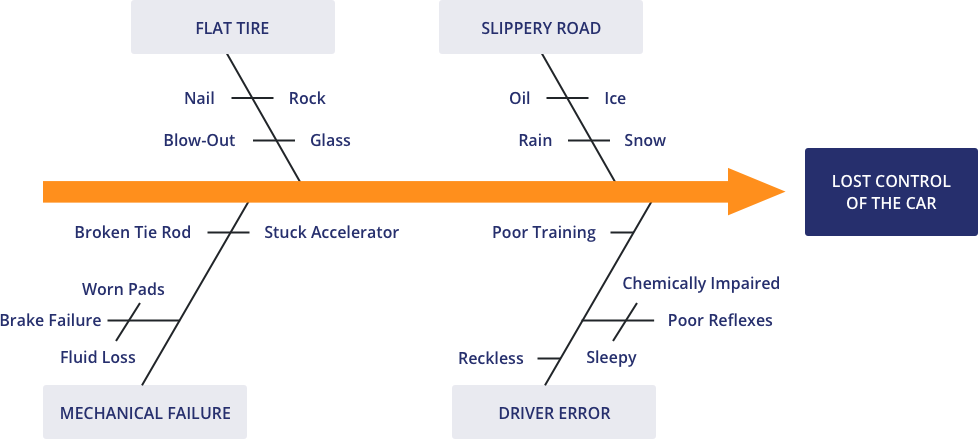
![Ch. 2 Quiz [Sys. Analysis] Flashcards | Quizlet](https://d2nchlq0f2u6vy.cloudfront.net/cache/f4/e9/f4e944d58faa032ca624a5aad624a9ff.jpg)
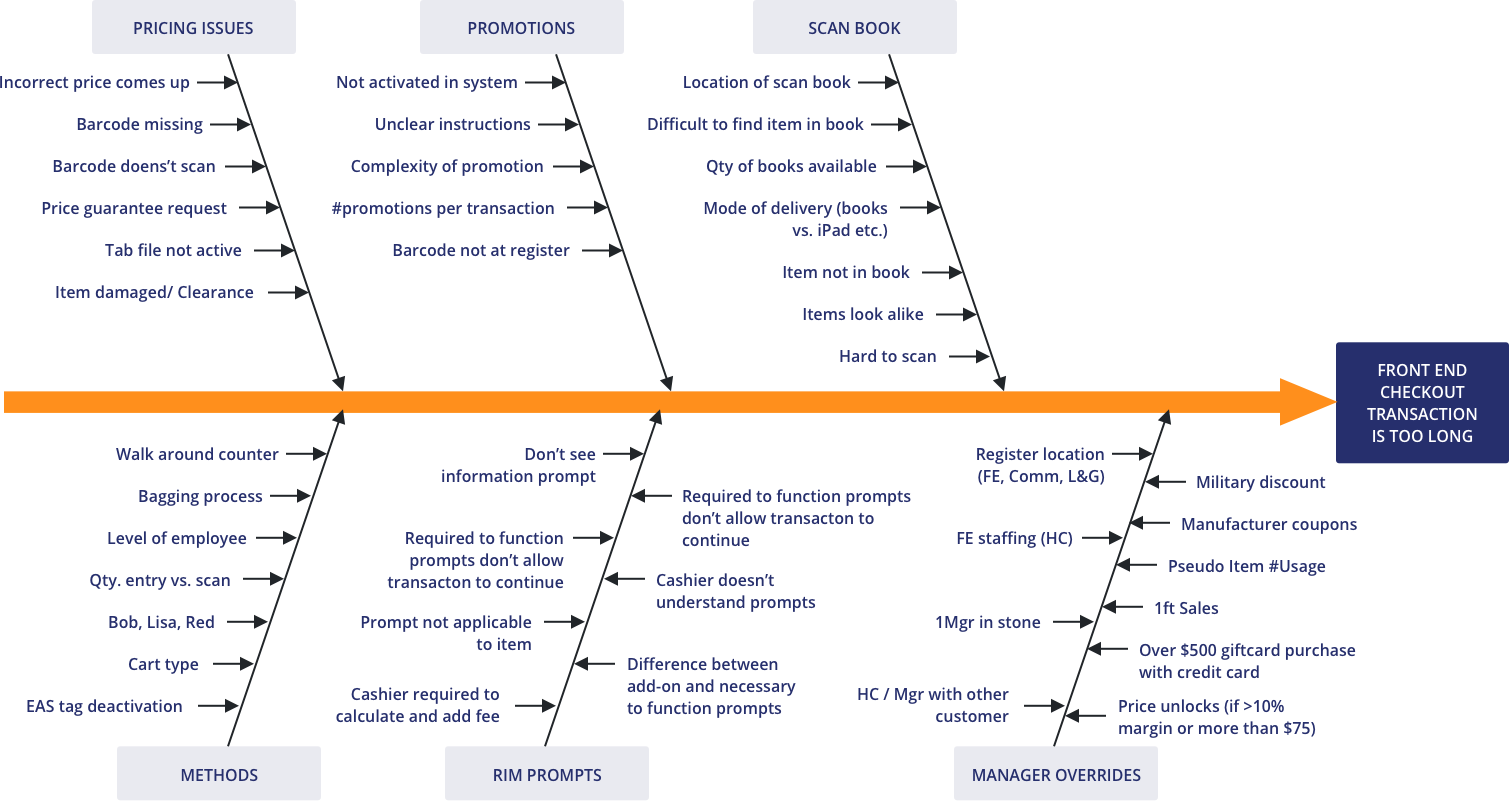
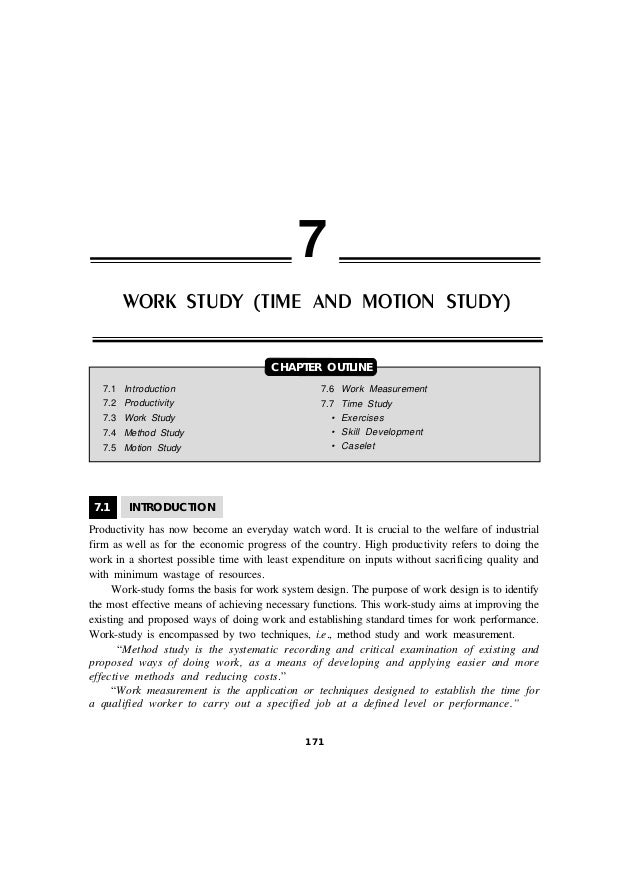
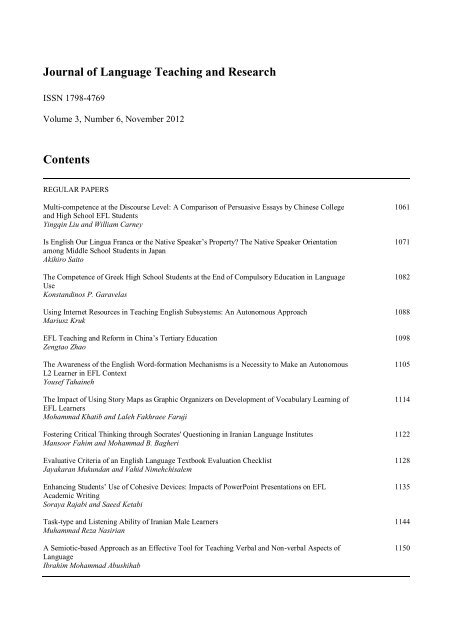
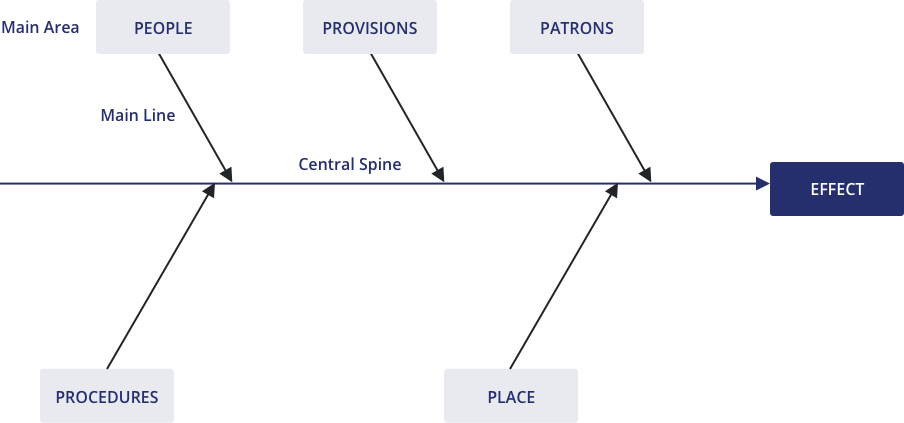
/IshikawaDiagram2-386e9108096f4149b67cb5a803c45dd0.png)
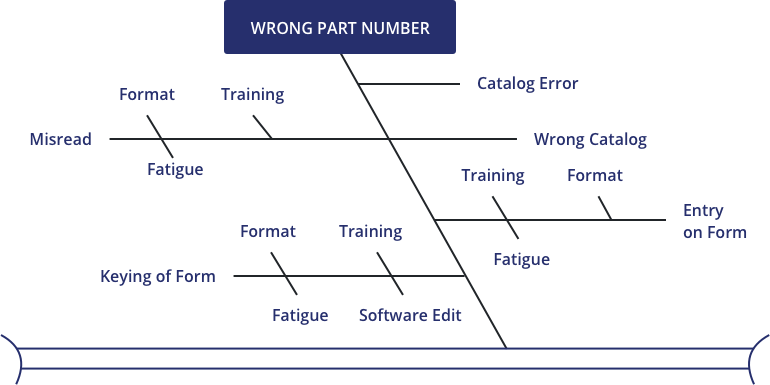





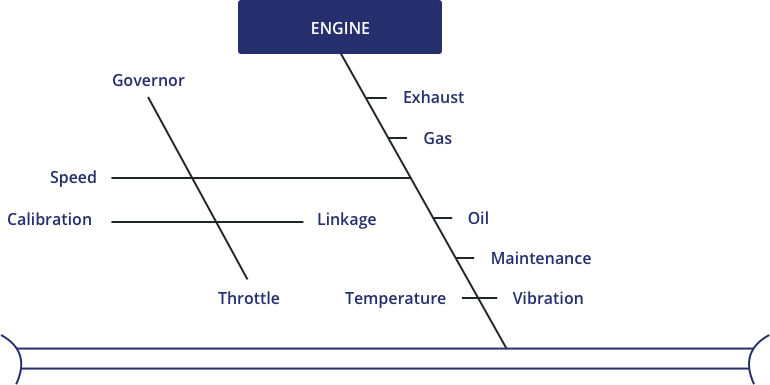
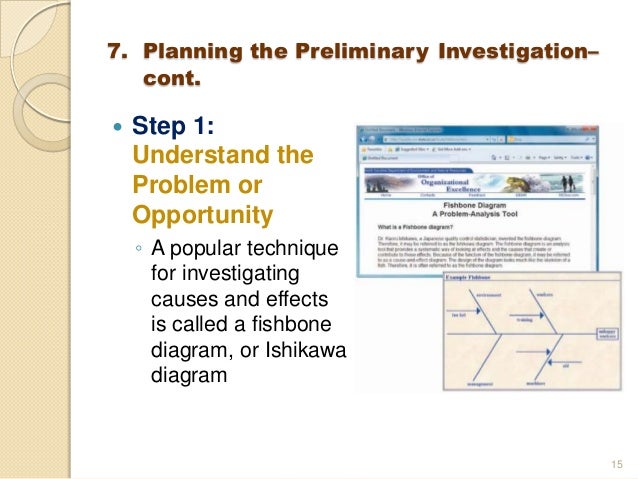

/IshikawaDiagram2-386e9108096f4149b67cb5a803c45dd0.png)

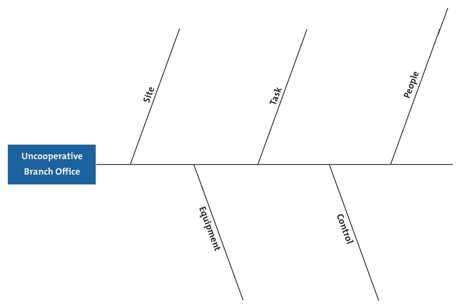



0 Response to "36 a popular technique for investigating causes and effects is called a _____ diagram."
Post a Comment